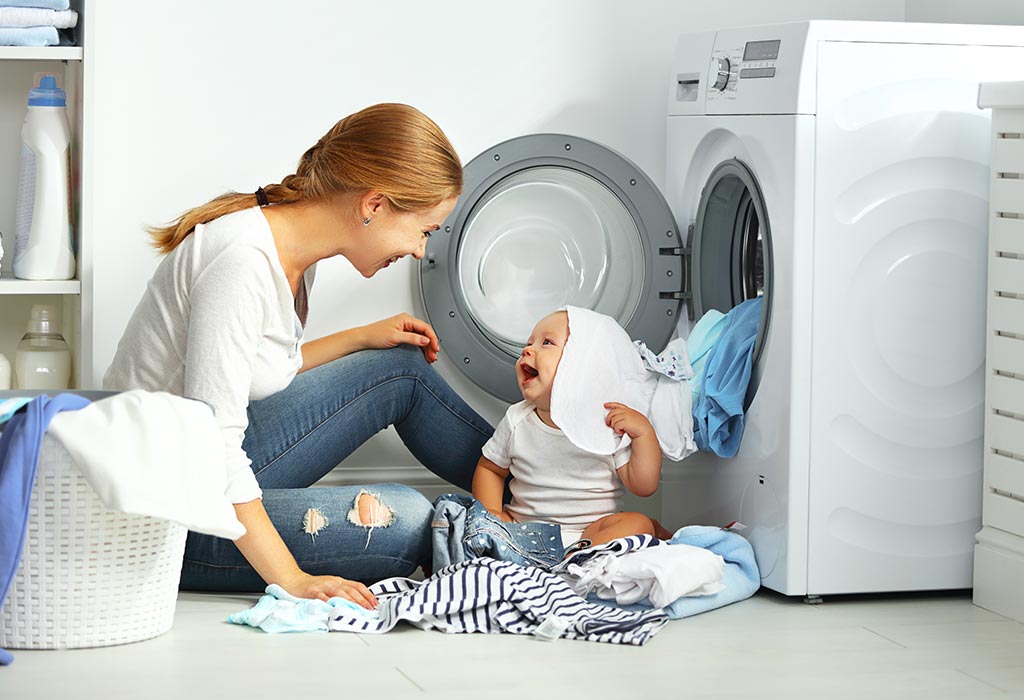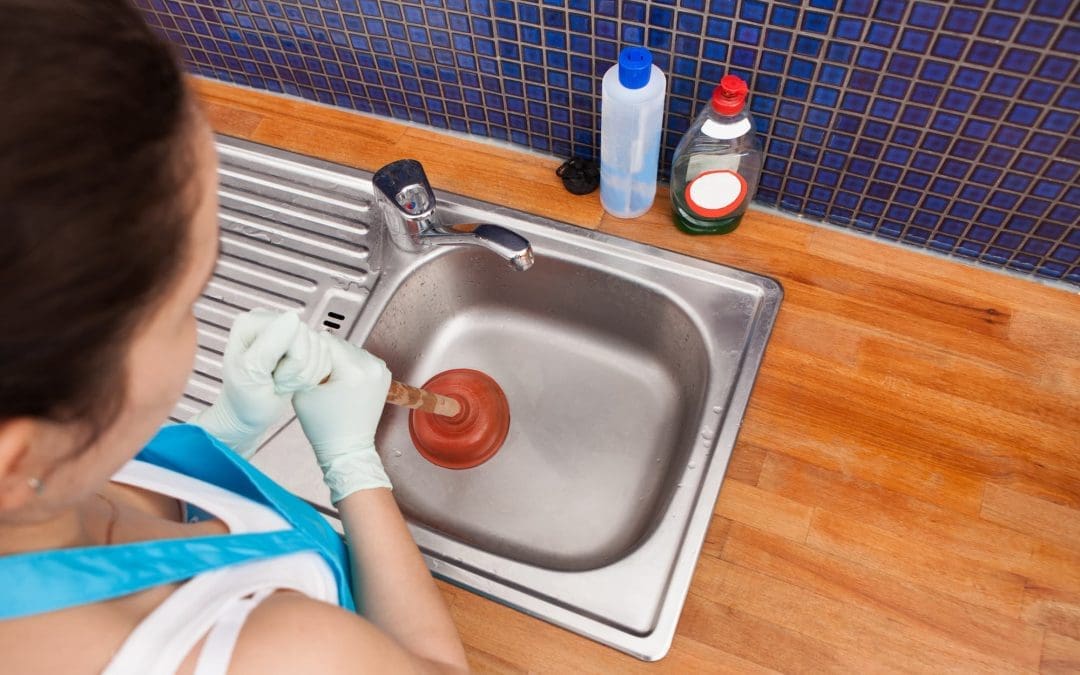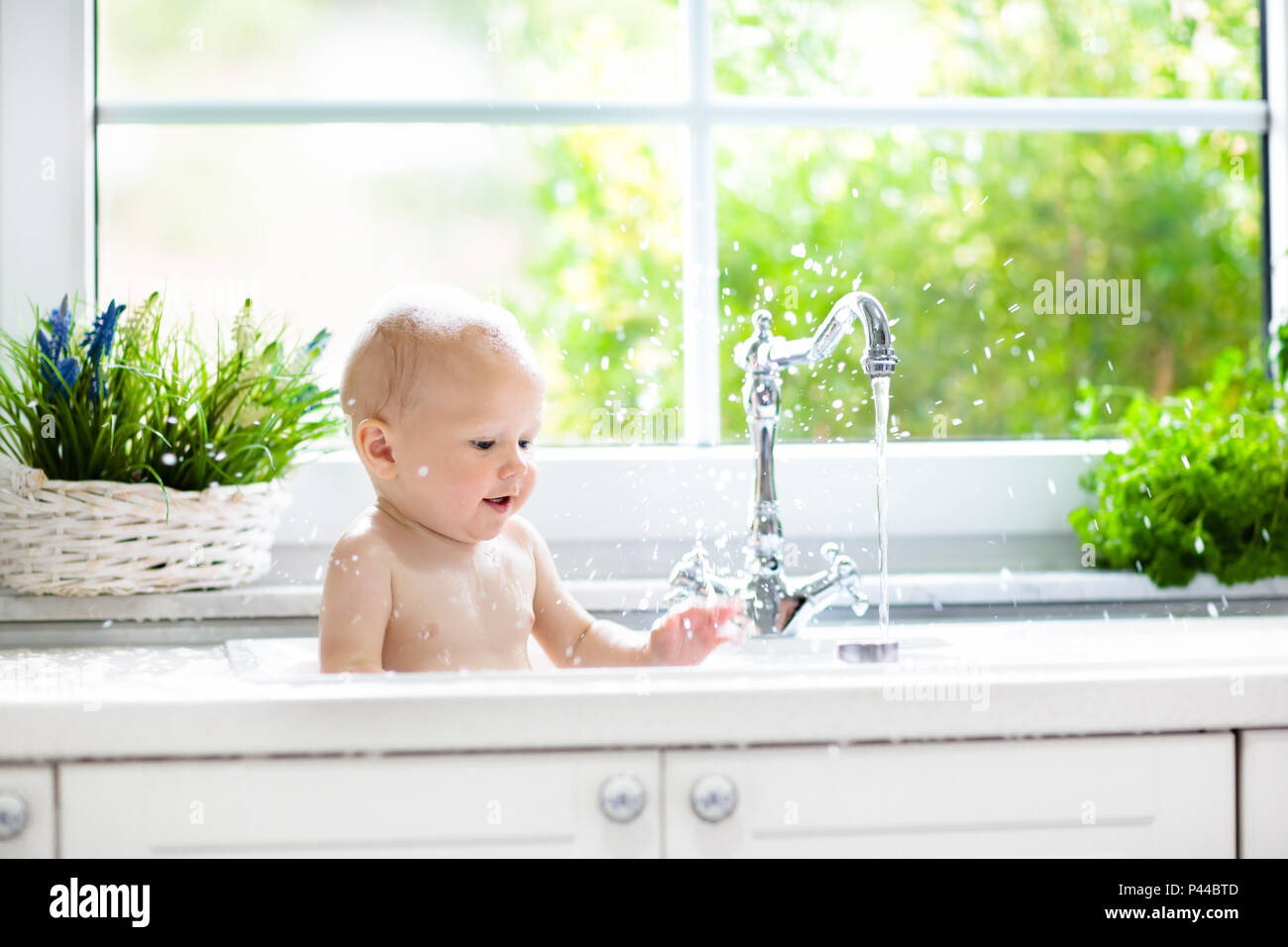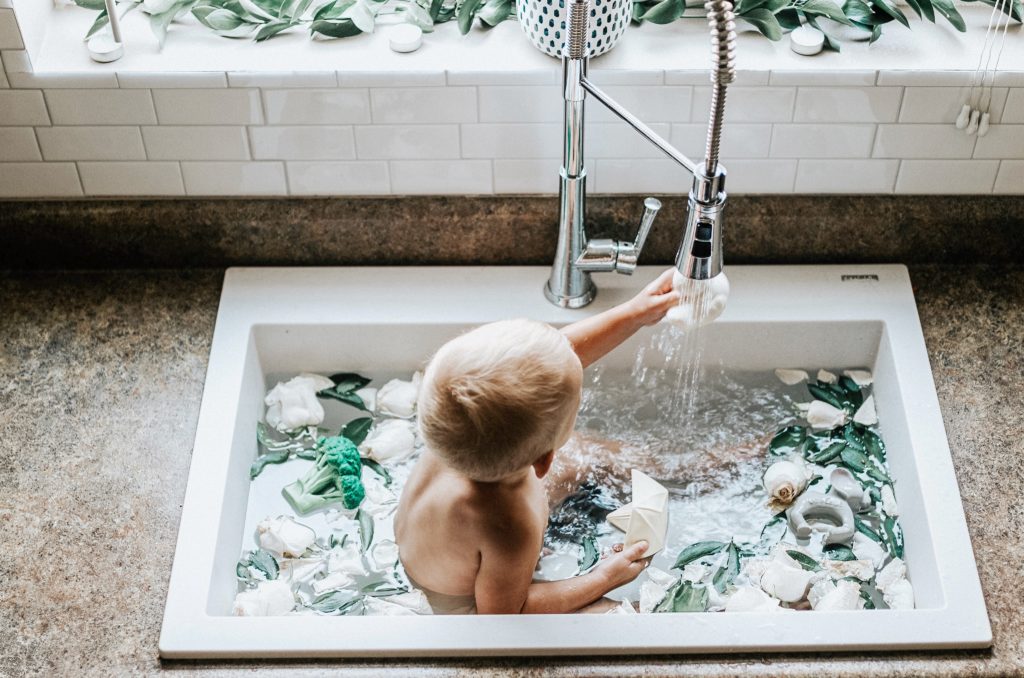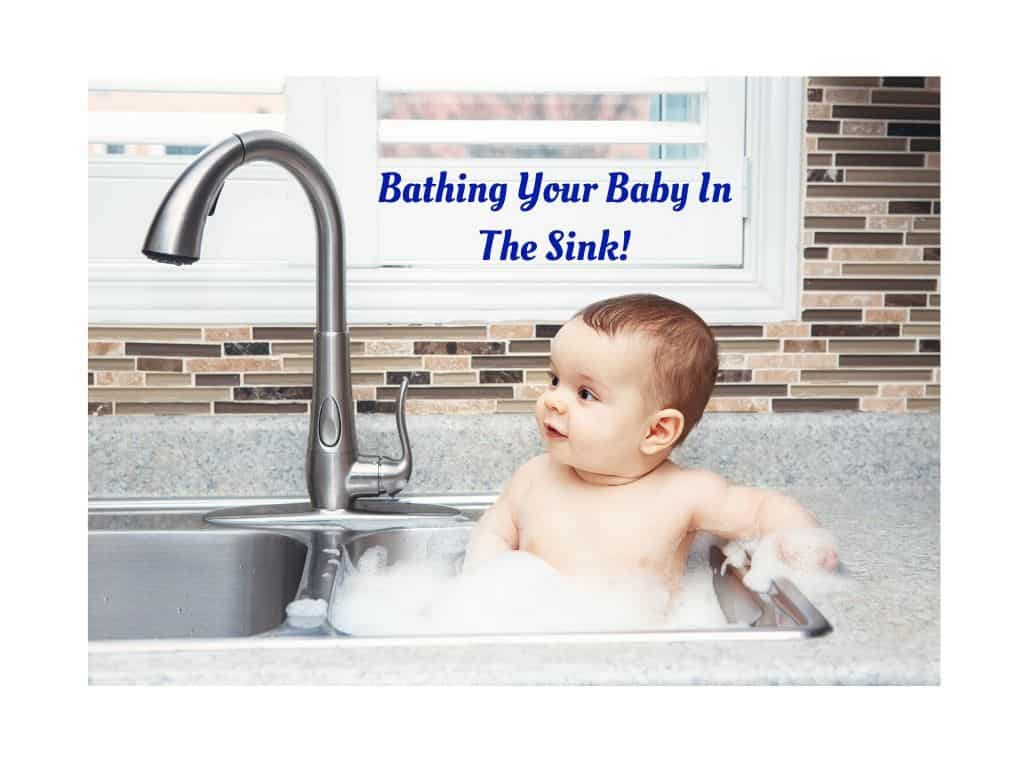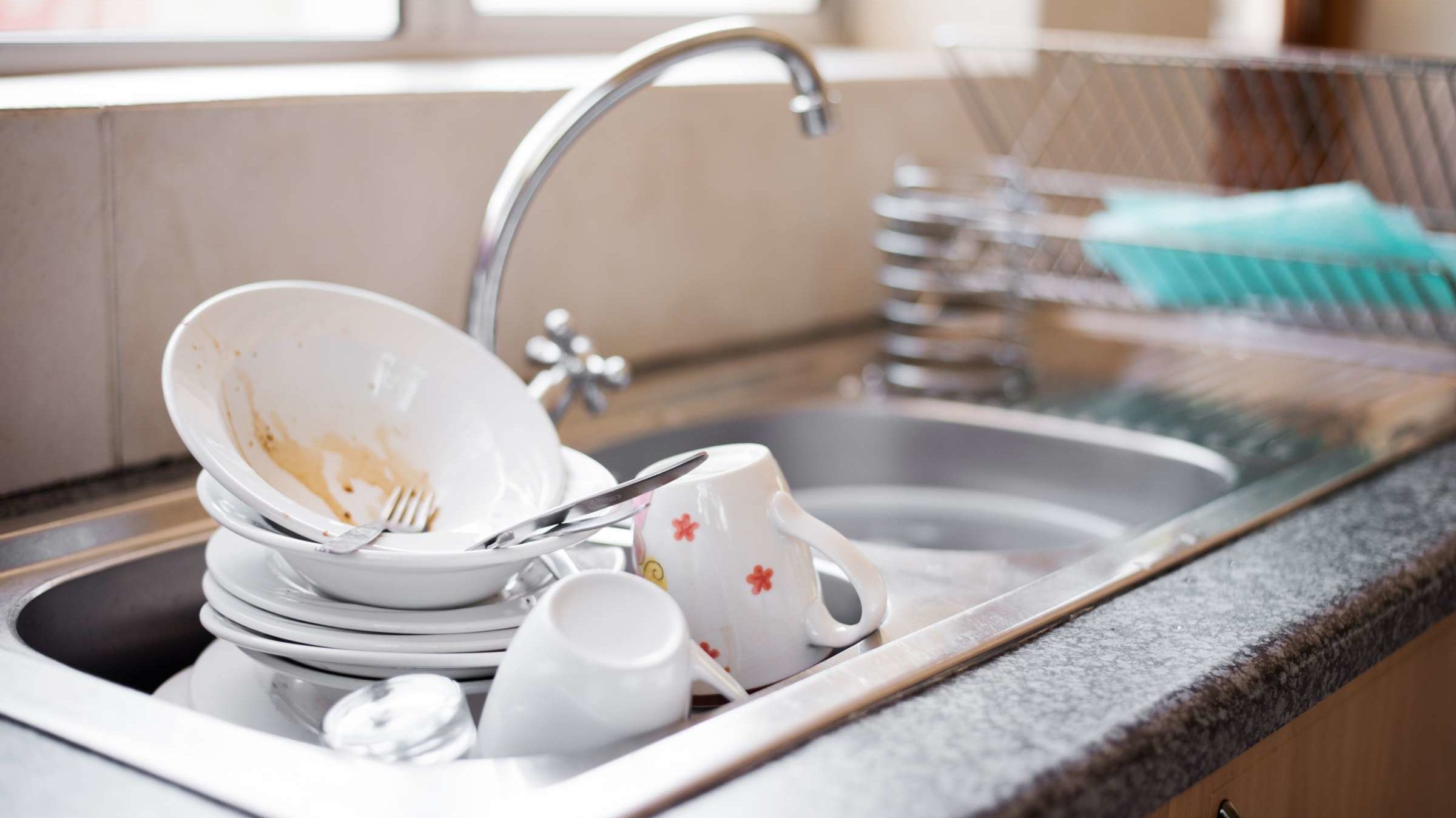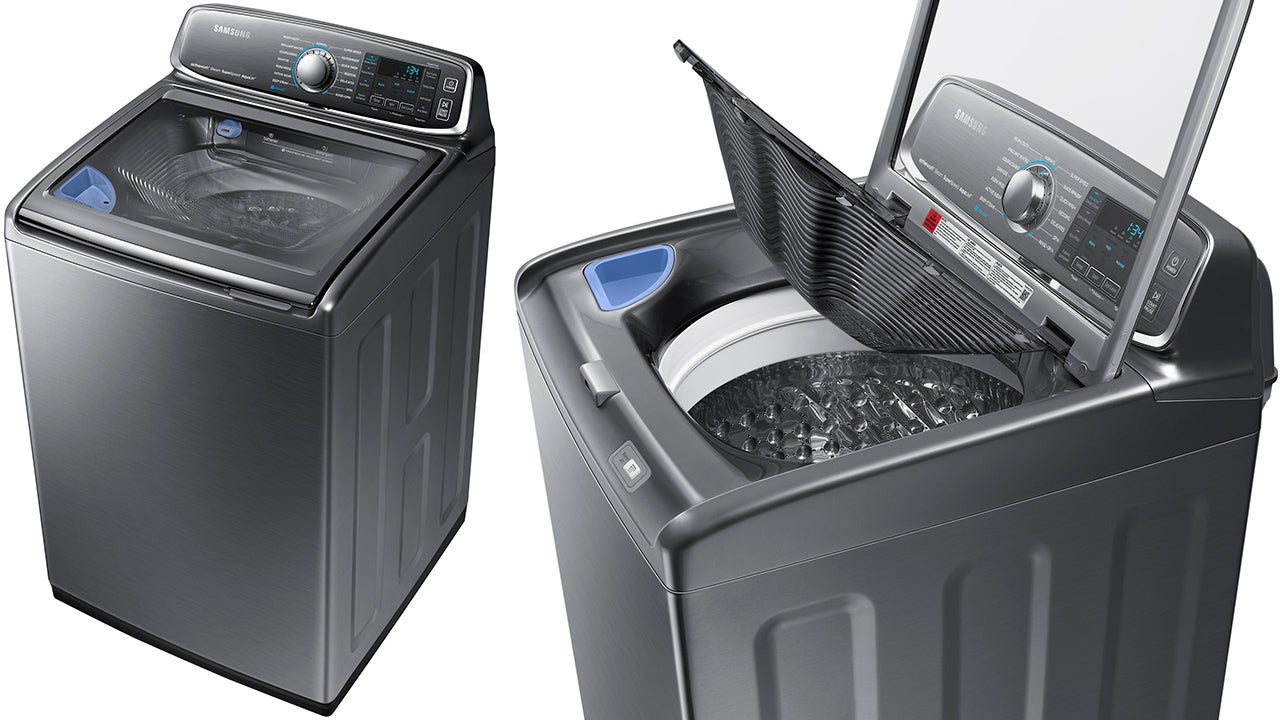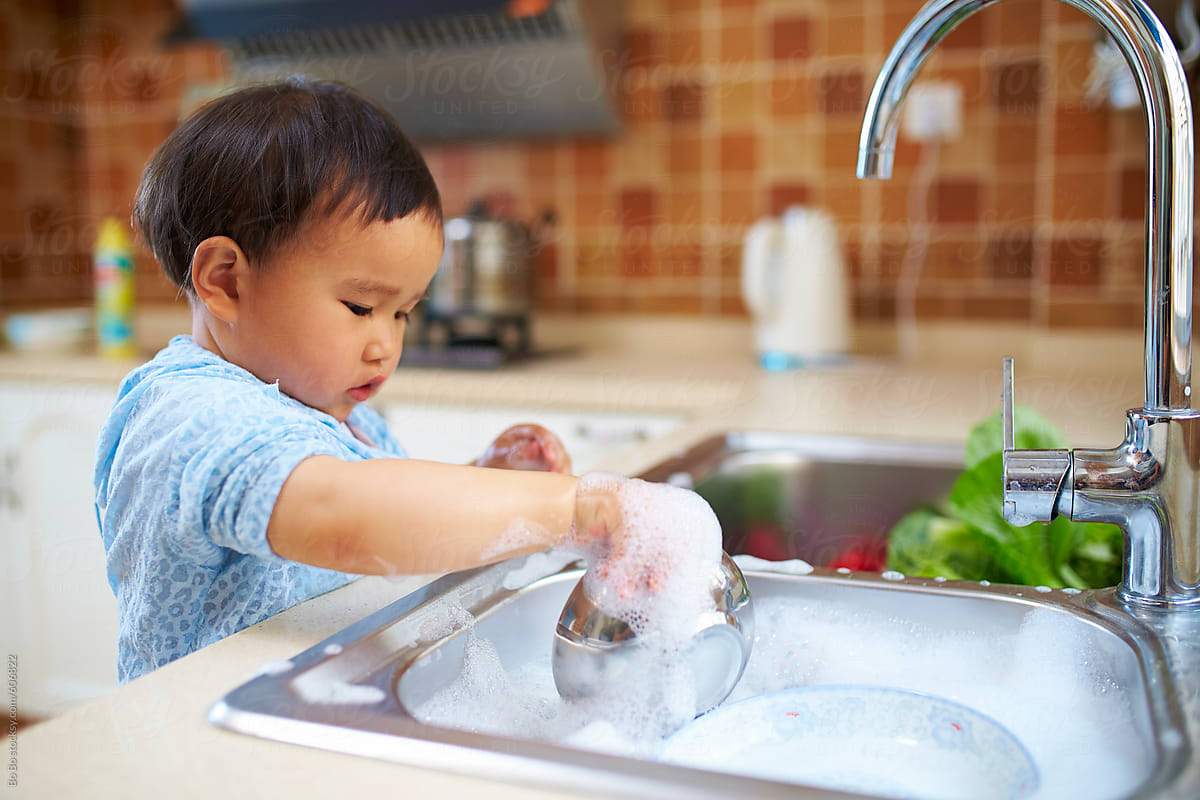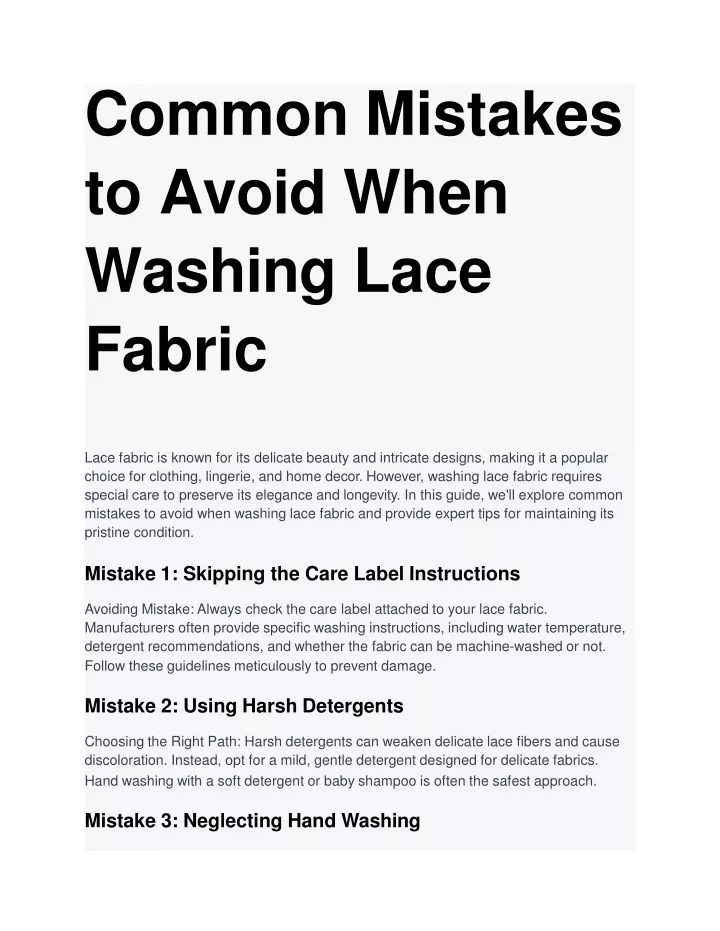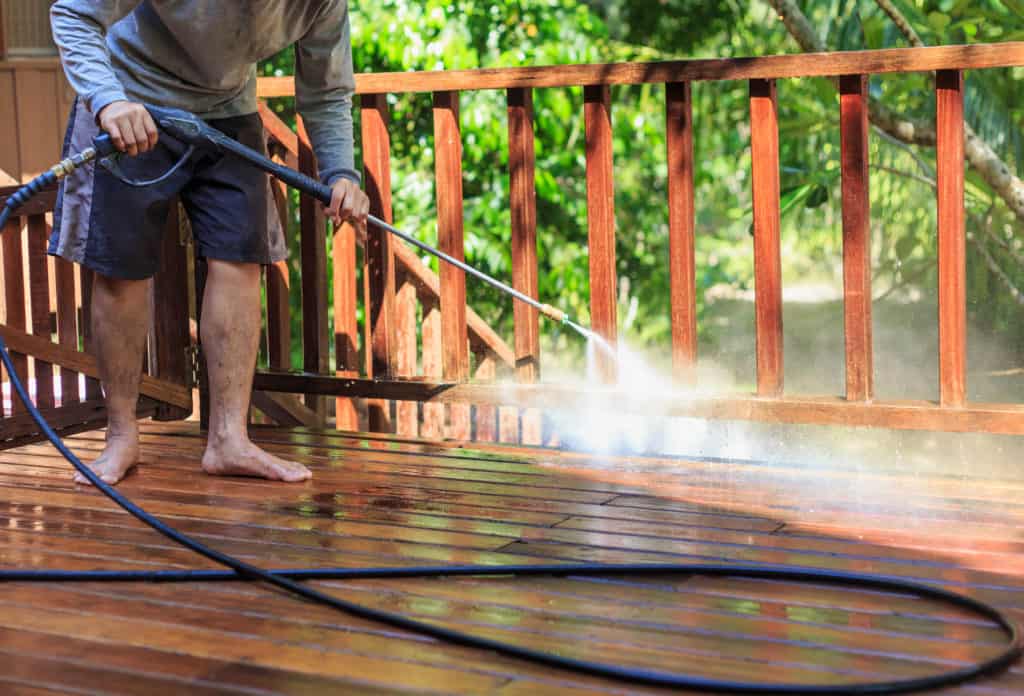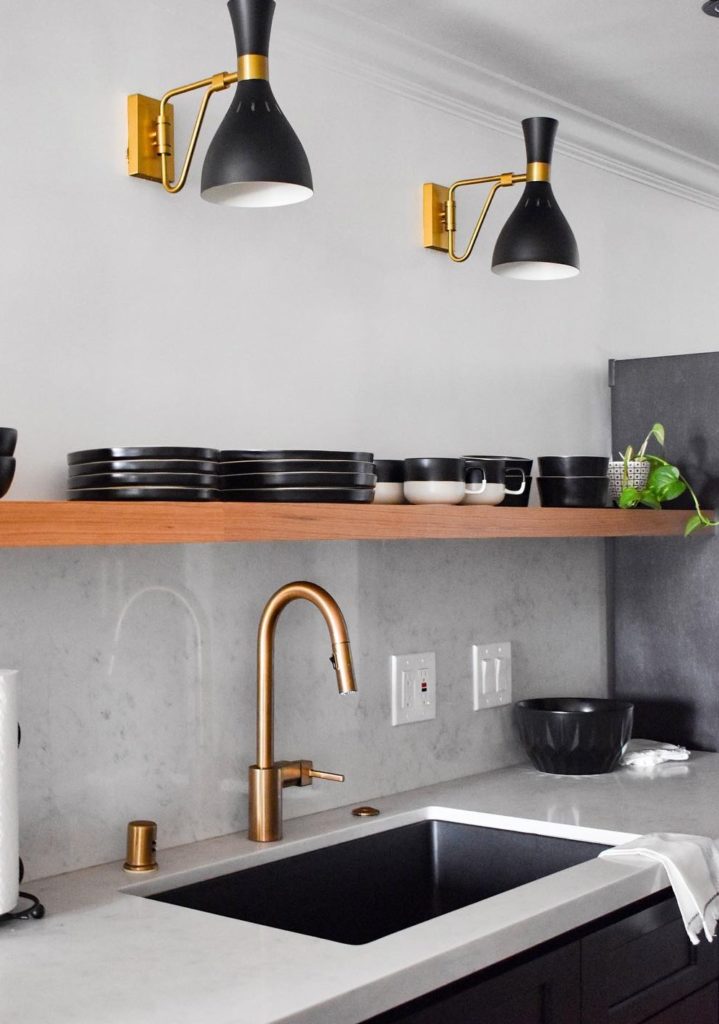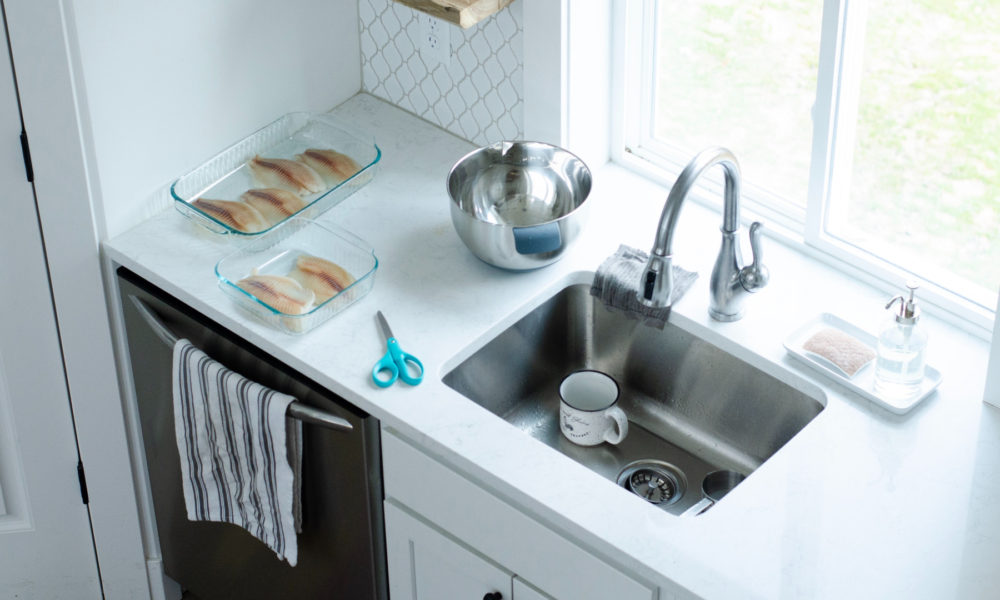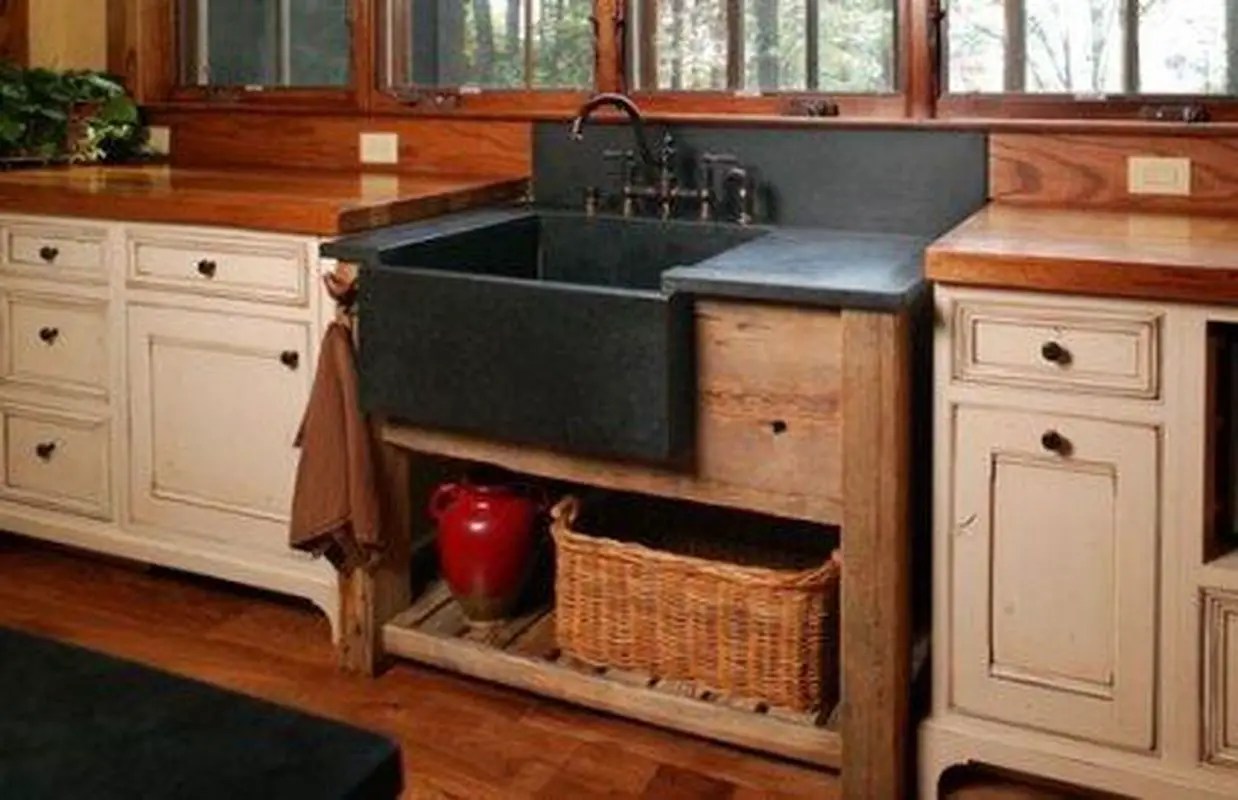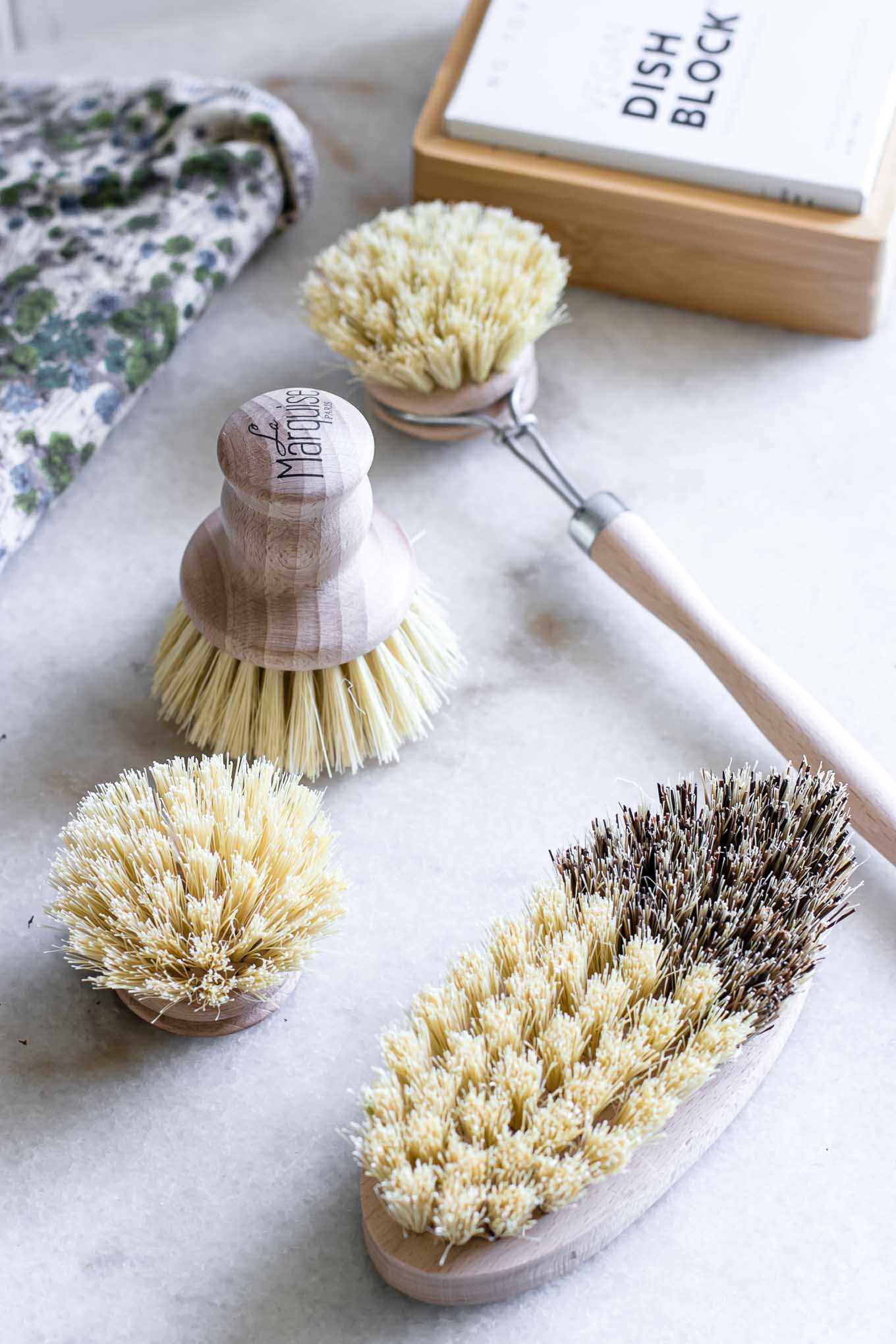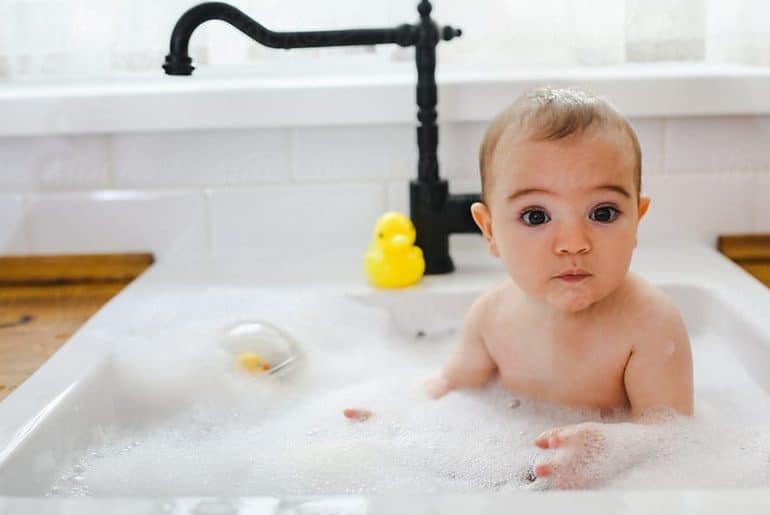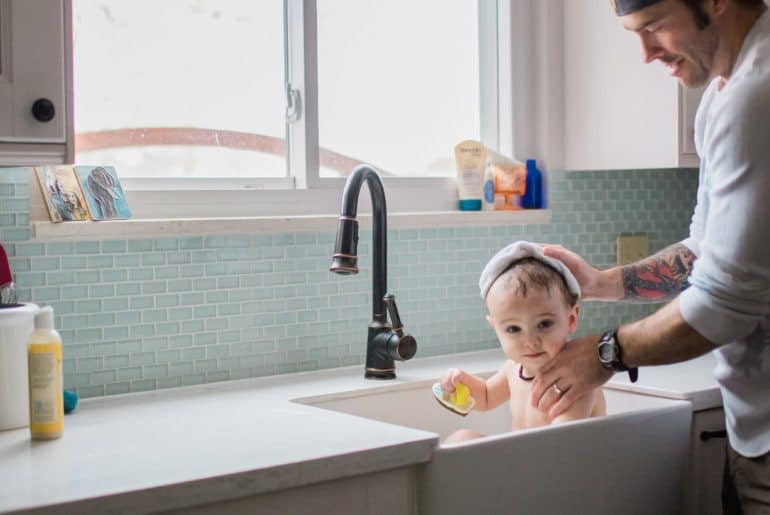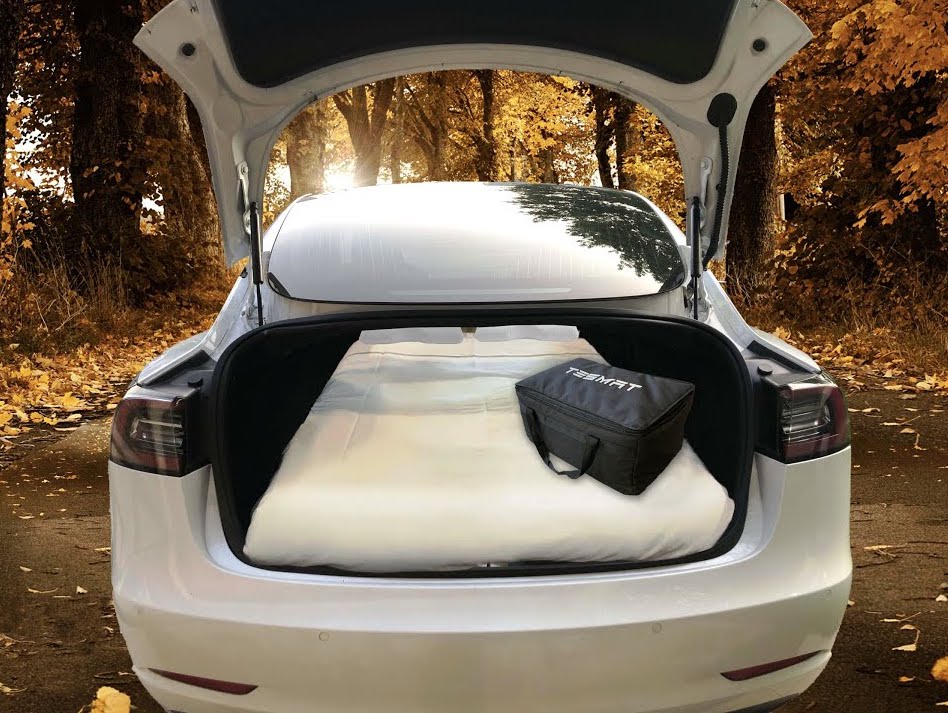Washing your baby in the kitchen sink may seem like an unconventional idea, but it can actually be a safe and convenient option. With the right tools and precautions, you can make this experience enjoyable for both you and your little one. The kitchen sink may not be the first place that comes to mind when it comes to bathing your baby, but it can actually provide many benefits. Not only is it a comfortable and familiar space for your baby, but it also allows for easy access to water and supplies. Here are some tips for safely washing your baby in the kitchen sink.How to Safely Wash Your Baby in the Kitchen Sink
The kitchen sink may not be the most traditional place to bathe your baby, but it offers many benefits that make it worth considering. Convenience: The kitchen sink is at the perfect height for washing your baby, eliminating the need to bend over a bathtub or use a separate baby bathtub. This can help prevent strain on your back and make the bathing process easier. Familiarity: Many babies are used to being in the kitchen, whether it's during meal prep or simply being carried around while you do chores. Bathing them in the kitchen sink can provide a sense of comfort and familiarity, making the experience less scary for them. Easy access: The kitchen sink allows for easy access to water and supplies, such as soap and towels. This can make the bathing process quicker and more efficient, especially when you have a squirmy baby on your hands.The Benefits of Washing Your Baby in the Kitchen Sink
Before you get started, gather all the necessary supplies and make sure the kitchen sink is clean and sanitized. Here's a step-by-step guide for safely washing your baby in the kitchen sink: Step 1: Fill the sink with warm water: Fill the sink with a few inches of warm water, making sure it's not too hot. You can test the temperature with your elbow or a baby bath thermometer. Step 2: Gather supplies: Have all the necessary supplies nearby, such as baby soap, shampoo, washcloth, and towels. Step 3: Undress your baby: Undress your baby and wrap them in a towel while the sink is filling up. Step 4: Place baby in the sink: Gently place your baby in the sink, supporting their head and neck with one hand. Use your other hand to gently wash their body with soap and water. Step 5: Rinse and dry: Once your baby is clean, rinse them with warm water and pat them dry with a towel.Step-by-Step Guide for Washing Your Baby in the Kitchen Sink
Here are some additional tips to make the experience of washing your baby in the kitchen sink even better: Use a non-slip mat: To prevent your baby from slipping in the sink, place a non-slip mat or towel at the bottom. Don't leave your baby unattended: Never leave your baby alone in the sink, even for a few seconds. Always keep one hand on them for support. Keep supplies within reach: Make sure all your supplies are within arm's reach so you don't have to leave your baby unattended. Be gentle: Be gentle when washing your baby's delicate skin, and avoid getting soap or water in their eyes.Tips for Washing Your Baby in the Kitchen Sink
The kitchen sink may not be the most traditional or obvious choice for bathing your baby, but it offers many benefits that make it a great option. Cost-effective: Buying a separate baby bathtub can be expensive, and your baby will outgrow it quickly. Using the kitchen sink is a cost-effective alternative. Less water usage: The kitchen sink is smaller than a traditional bathtub, so it uses less water. This can help save on your water bill and be more environmentally friendly. Easier clean-up: Once your baby is done bathing, you can simply drain the water and use the sink for its intended purpose. This eliminates the need to clean and dry a separate baby bathtub.Why the Kitchen Sink is a Great Option for Bathing Your Baby
While you can certainly use just soap and water to wash your baby in the kitchen sink, there are some products that can make the experience even better. Baby bath seat: A baby bath seat can provide extra support and stability for your baby in the sink. Soft washcloth: Using a soft washcloth can help prevent irritation on your baby's delicate skin. Baby-friendly soap and shampoo: Make sure to use soap and shampoo that are safe for your baby's delicate skin and won't cause any irritation.The Best Products for Washing Your Baby in the Kitchen Sink
While washing your baby in the kitchen sink can be a safe and convenient option, there are some common mistakes to avoid to ensure your baby's safety. Not checking the water temperature: Before placing your baby in the sink, always check the water temperature to make sure it's not too hot or too cold. Leaving your baby unattended: As mentioned before, never leave your baby unattended in the sink, even for a few seconds. Using harsh products: Make sure to use gentle, baby-friendly products when washing your baby in the sink to avoid any irritation or allergic reactions.Common Mistakes to Avoid When Washing Your Baby in the Kitchen Sink
With a few simple precautions, you can easily turn your kitchen sink into a safe and comfortable space for your baby's bath. Sanitize the sink: Before bathing your baby, make sure to clean and sanitize the sink to prevent any harmful bacteria. Keep the area clutter-free: Make sure there are no sharp or dangerous objects near the sink that could harm your baby. Use a cushion or towel: To make the sink more comfortable for your baby, place a cushion or towel at the bottom for them to sit on.How to Make the Kitchen Sink a Safe and Comfortable Place for Your Baby's Bath
If you're not comfortable with the idea of washing your baby in the kitchen sink, there are other options you can consider. Baby bathtub: A traditional baby bathtub is a popular choice for bathing babies, as it provides a dedicated space for them to sit and play. Sponge bath: For newborns, a sponge bath may be a better option until their umbilical cord stump falls off. Shower: If your baby is able to sit up on their own, you can also try bathing them in the shower with you.Alternatives to Washing Your Baby in the Kitchen Sink
No matter where you decide to bathe your baby, supervision is always key to ensuring their safety and well-being. Stay focused: While bathing your baby, make sure to stay focused and avoid getting distracted by other tasks or devices. Have everything ready: Before starting the bath, make sure you have all the necessary supplies and products within reach so you don't have to leave your baby unattended. Never leave your baby alone: As mentioned before, never leave your baby unattended in the sink. If you need to step away for any reason, take your baby with you. In conclusion, washing your baby in the kitchen sink can be a convenient and enjoyable experience for both you and your little one. By following these tips and taking necessary precautions, you can make this a safe and comfortable practice. Remember to always prioritize your baby's safety and never leave them unattended in the sink. With the right tools and mindset, this can become a fun and bonding experience for you and your baby.The Importance of Supervision When Washing Your Baby in the Kitchen Sink
Why Washing Babies in the Kitchen Sink is a Smart and Practical Choice for Modern House Design
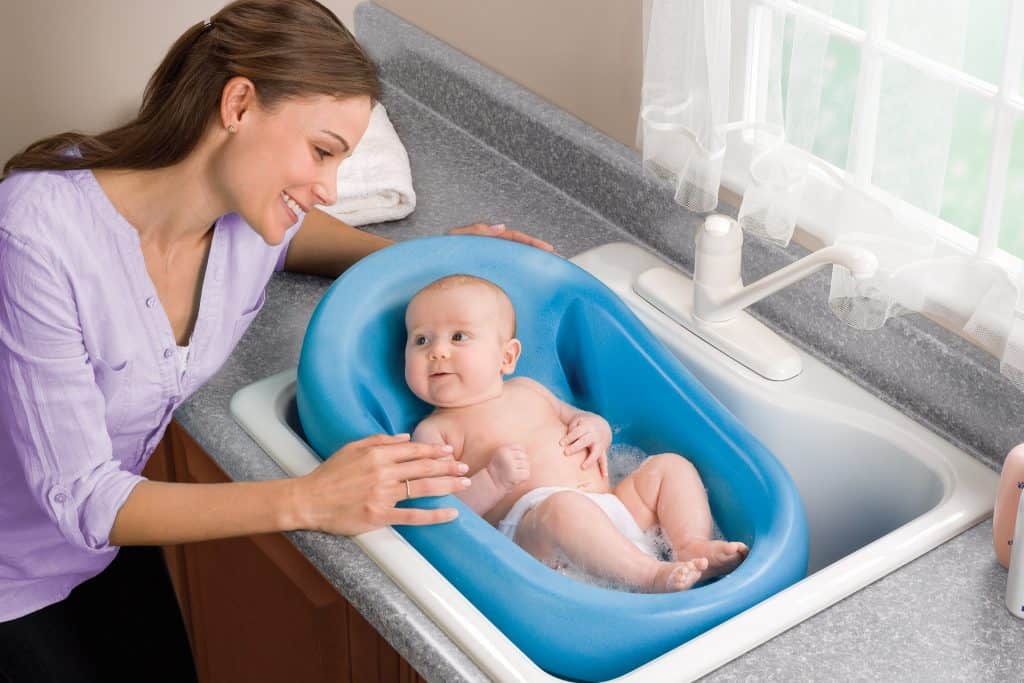
The Kitchen Sink: More Than Just a Place for Dirty Dishes
 When it comes to designing a modern home, functionality and efficiency are key factors to consider. This is especially true for new parents who are looking for ways to streamline their daily routines and make the most out of their living space.
One area of the house that often gets overlooked in terms of design is the kitchen sink.
While it may seem like a mundane fixture, it can actually serve as a versatile and useful space for washing and caring for your little ones.
When it comes to designing a modern home, functionality and efficiency are key factors to consider. This is especially true for new parents who are looking for ways to streamline their daily routines and make the most out of their living space.
One area of the house that often gets overlooked in terms of design is the kitchen sink.
While it may seem like a mundane fixture, it can actually serve as a versatile and useful space for washing and caring for your little ones.
The Convenience of the Kitchen Sink for Baby Care
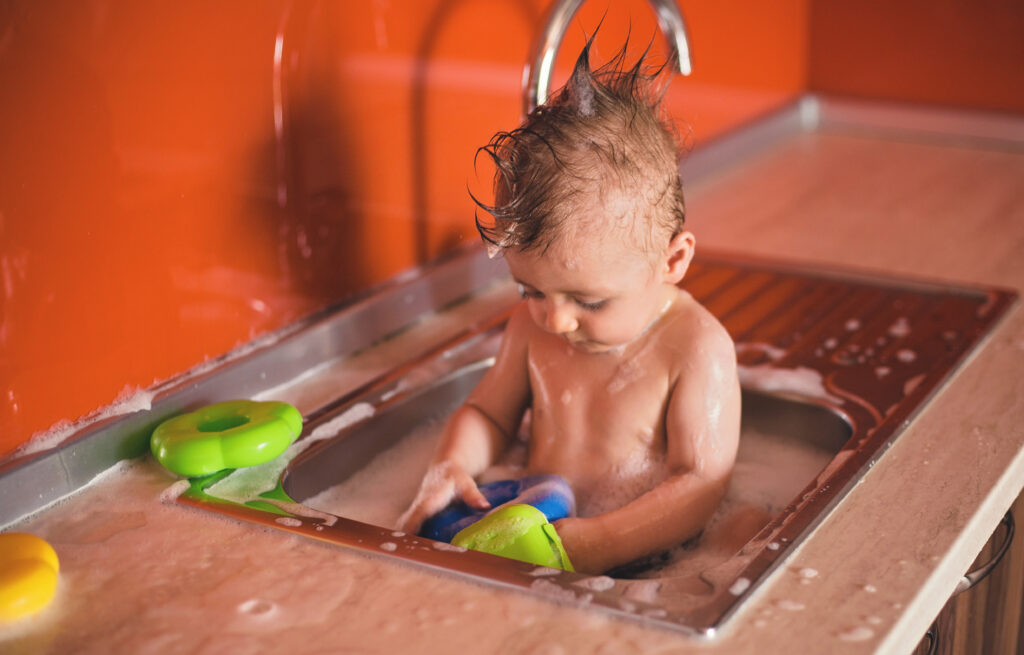 Babies require a lot of attention and care, and that includes bath time. Many parents may opt for using a traditional baby bath tub, but
washing your baby in the kitchen sink offers several advantages
that make it a smart and practical choice. First and foremost, it saves space. In smaller homes or apartments, a separate baby bath tub may take up precious room. By utilizing the kitchen sink, you can free up that space for other purposes.
Additionally, the kitchen sink provides easy access to water and other necessary items. You can easily fill the sink with warm water and have all of your baby's bathing essentials within reach. This eliminates the need to constantly move around and risk leaving your baby unattended.
It also allows for a more comfortable and ergonomic bathing position for both you and your baby.
Babies require a lot of attention and care, and that includes bath time. Many parents may opt for using a traditional baby bath tub, but
washing your baby in the kitchen sink offers several advantages
that make it a smart and practical choice. First and foremost, it saves space. In smaller homes or apartments, a separate baby bath tub may take up precious room. By utilizing the kitchen sink, you can free up that space for other purposes.
Additionally, the kitchen sink provides easy access to water and other necessary items. You can easily fill the sink with warm water and have all of your baby's bathing essentials within reach. This eliminates the need to constantly move around and risk leaving your baby unattended.
It also allows for a more comfortable and ergonomic bathing position for both you and your baby.
The Hygienic Benefits of the Kitchen Sink for Baby Bathing
 Another advantage of using the kitchen sink for baby bathing is the hygienic aspect.
Most kitchen sinks are made of non-porous materials that are easy to clean, making it a more sanitary option
compared to traditional baby bath tubs that may harbor bacteria and mold. Plus, with regular use and cleaning, the kitchen sink is less likely to accumulate dirt and grime, ensuring a clean and safe bathing space for your little one.
Another advantage of using the kitchen sink for baby bathing is the hygienic aspect.
Most kitchen sinks are made of non-porous materials that are easy to clean, making it a more sanitary option
compared to traditional baby bath tubs that may harbor bacteria and mold. Plus, with regular use and cleaning, the kitchen sink is less likely to accumulate dirt and grime, ensuring a clean and safe bathing space for your little one.
Maximizing the Use of Your Kitchen Sink for Other Baby Care Tasks
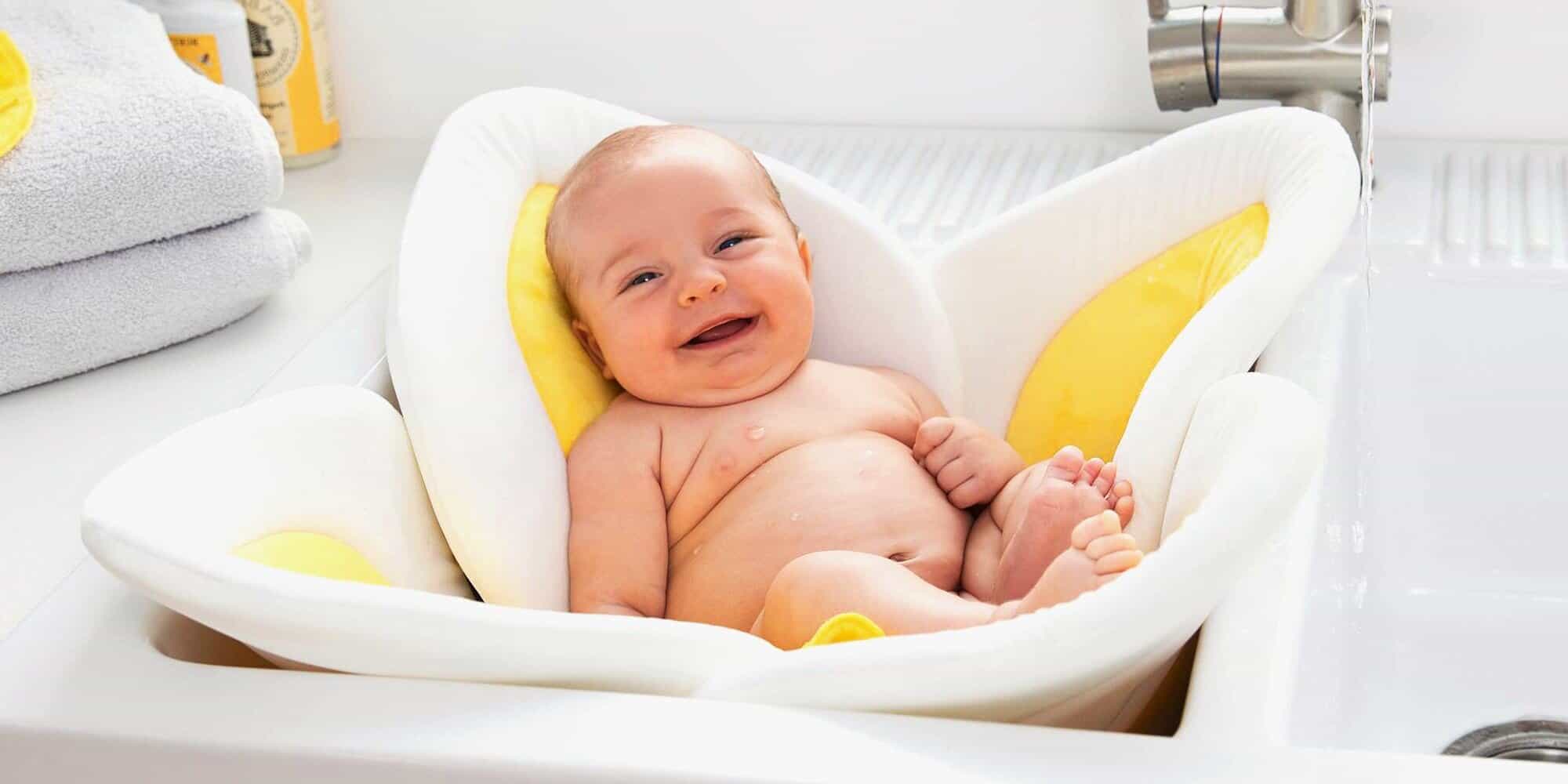 Aside from bathing, the kitchen sink can also be utilized for other baby care tasks.
You can easily clean and sterilize baby bottles and other feeding supplies in the sink,
saving you time and effort from having to do it in a separate area. You can also use the sink for quick and easy diaper changes, as well as washing and drying baby clothes.
In conclusion, the kitchen sink may not seem like the most obvious choice for baby care, but it offers numerous benefits that make it a practical and convenient option for modern house design. By utilizing this often overlooked space, parents can save space, time, and effort, making their daily routines with their little ones more manageable and efficient. So next time you're designing your home, don't forget to consider the kitchen sink as a versatile and useful part of your baby care routine.
Aside from bathing, the kitchen sink can also be utilized for other baby care tasks.
You can easily clean and sterilize baby bottles and other feeding supplies in the sink,
saving you time and effort from having to do it in a separate area. You can also use the sink for quick and easy diaper changes, as well as washing and drying baby clothes.
In conclusion, the kitchen sink may not seem like the most obvious choice for baby care, but it offers numerous benefits that make it a practical and convenient option for modern house design. By utilizing this often overlooked space, parents can save space, time, and effort, making their daily routines with their little ones more manageable and efficient. So next time you're designing your home, don't forget to consider the kitchen sink as a versatile and useful part of your baby care routine.



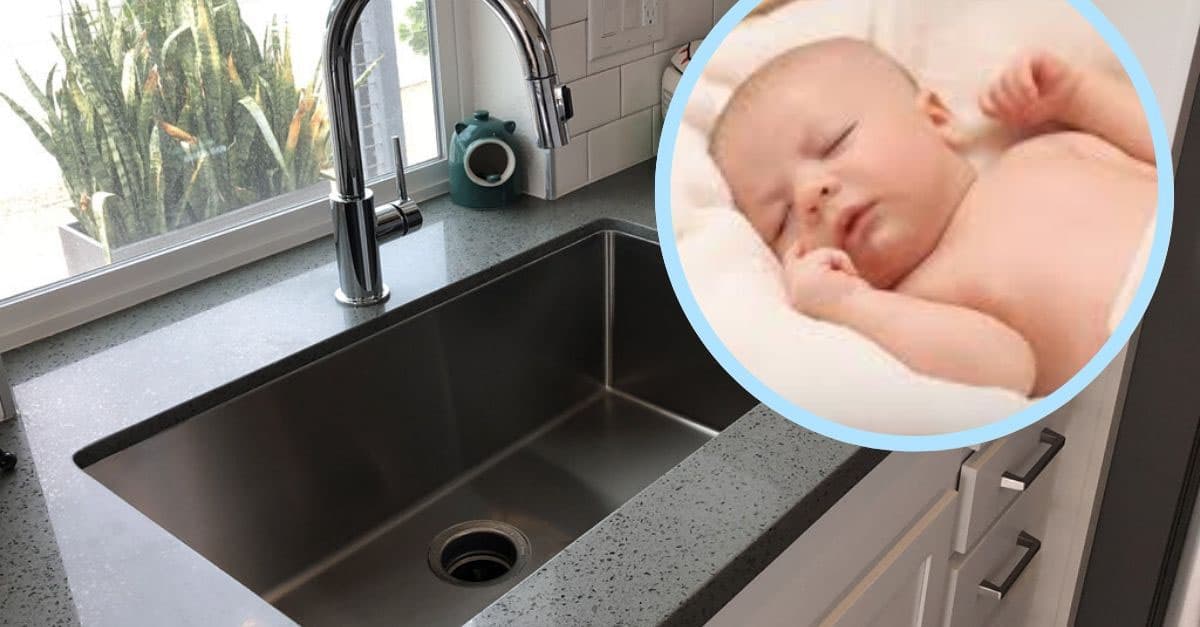



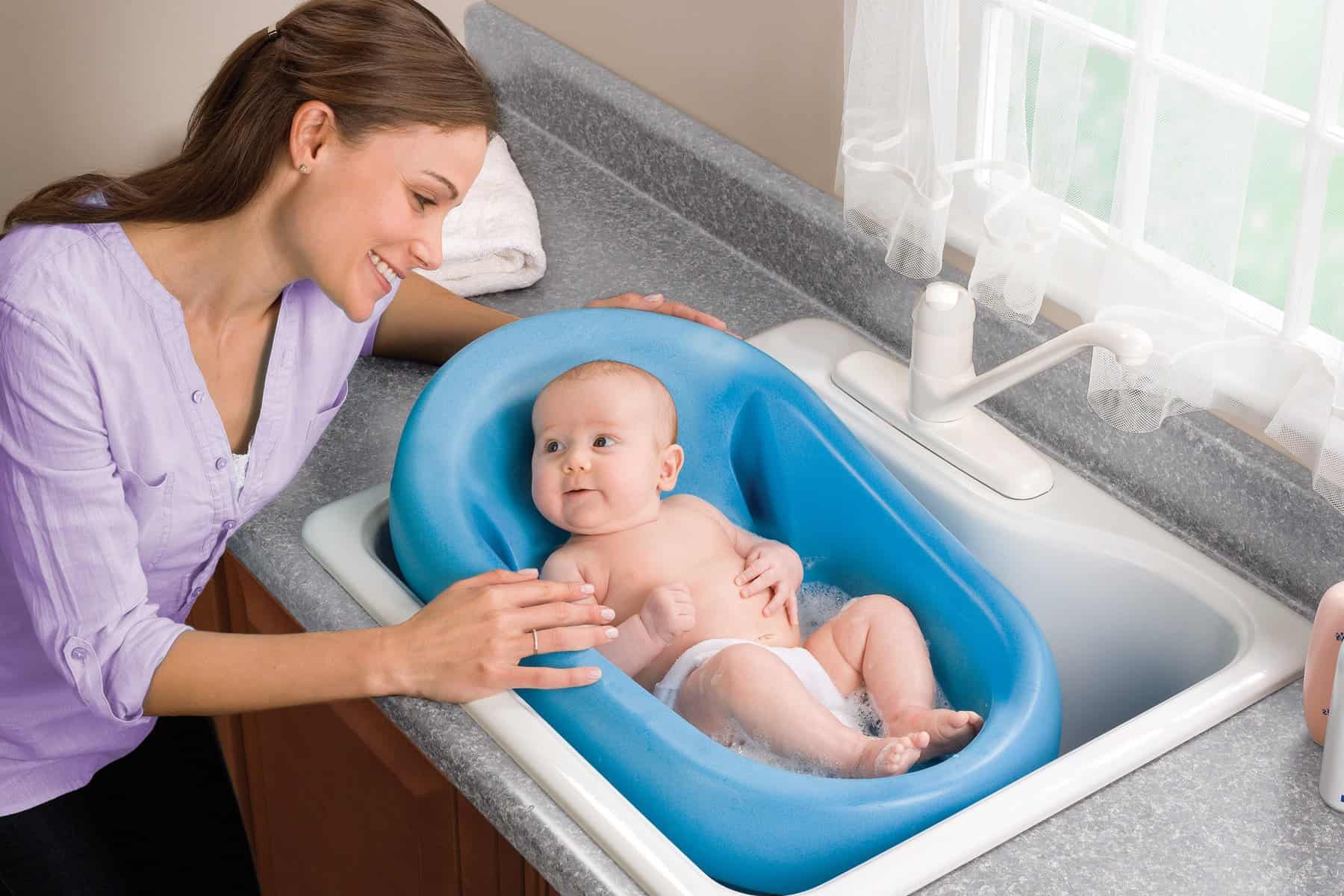

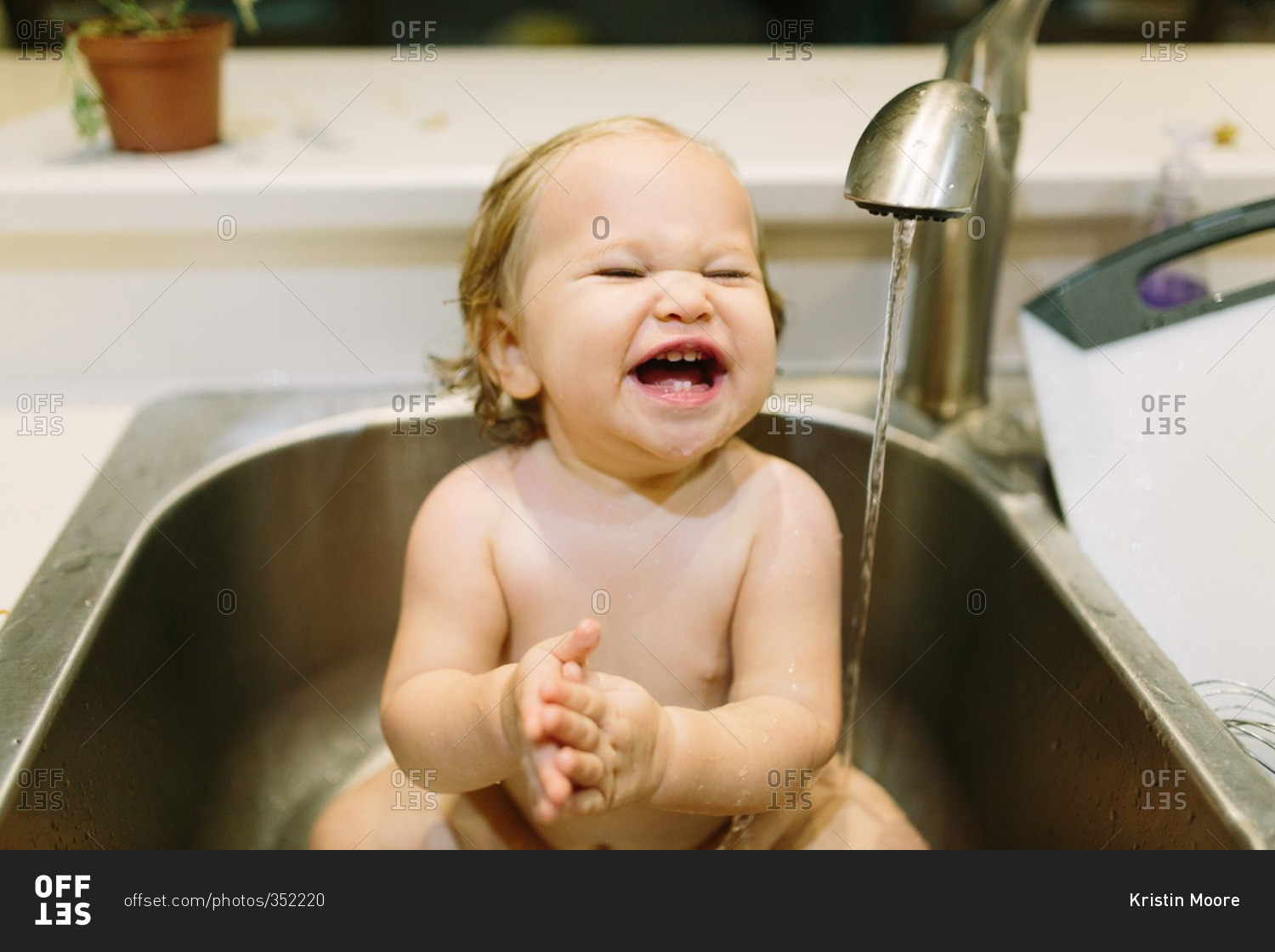
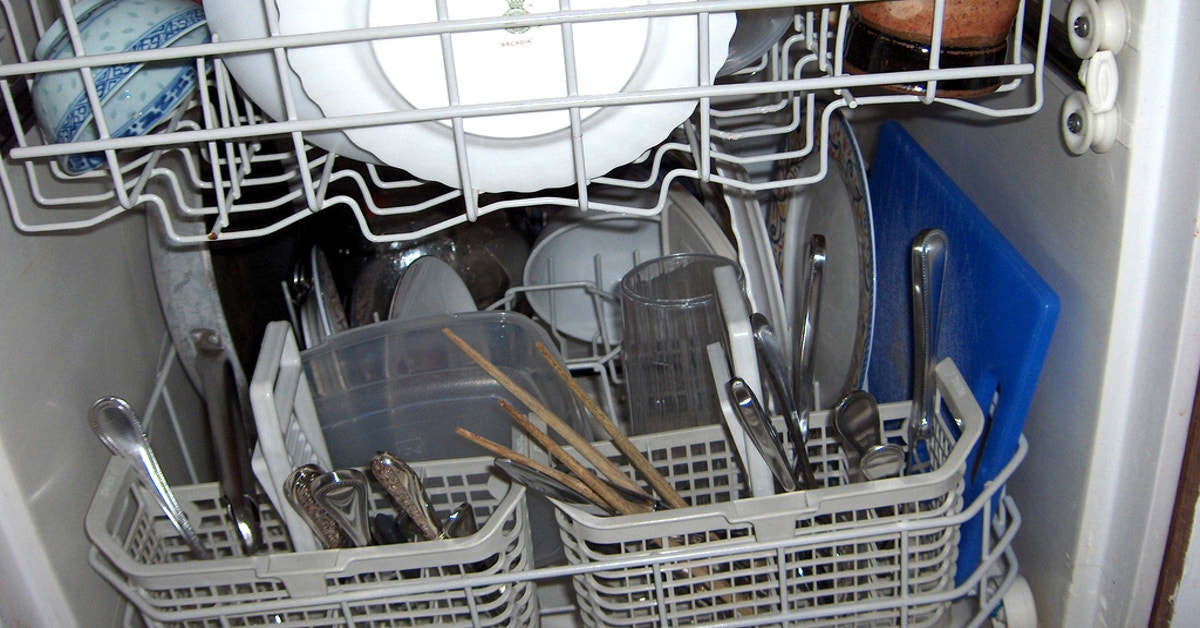


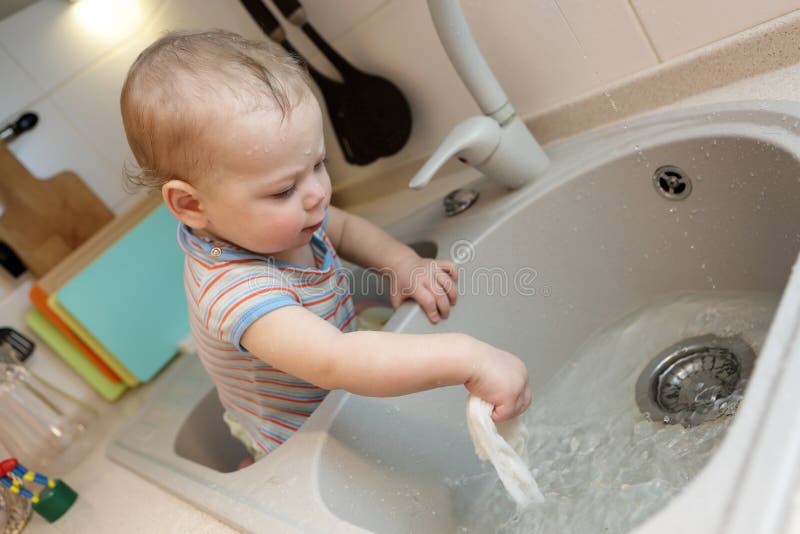

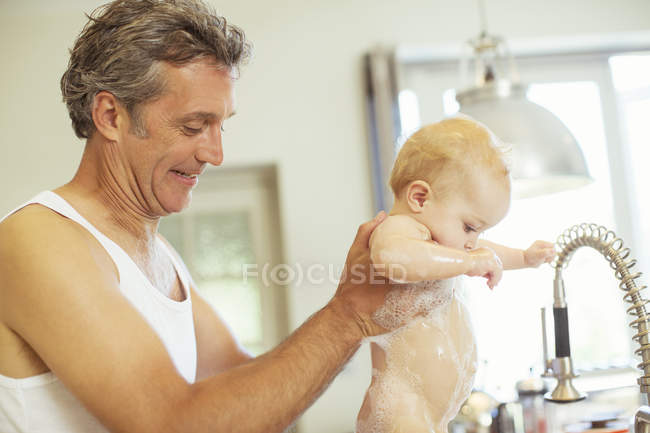



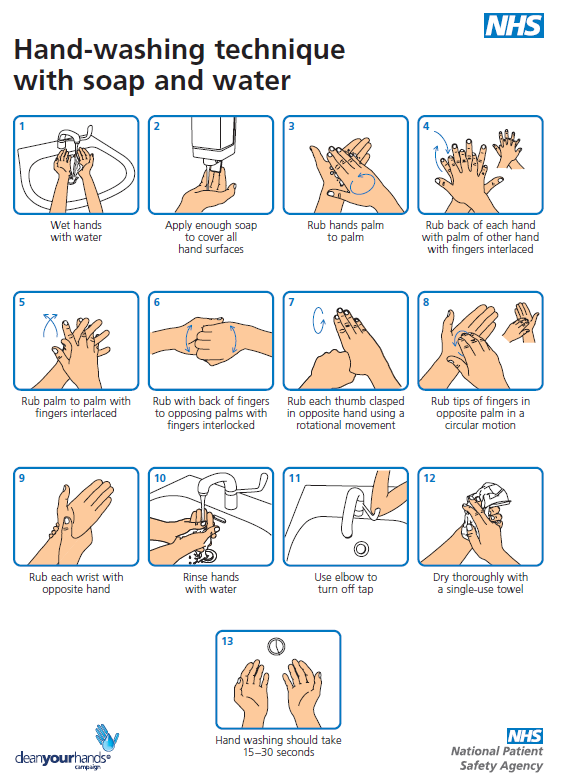
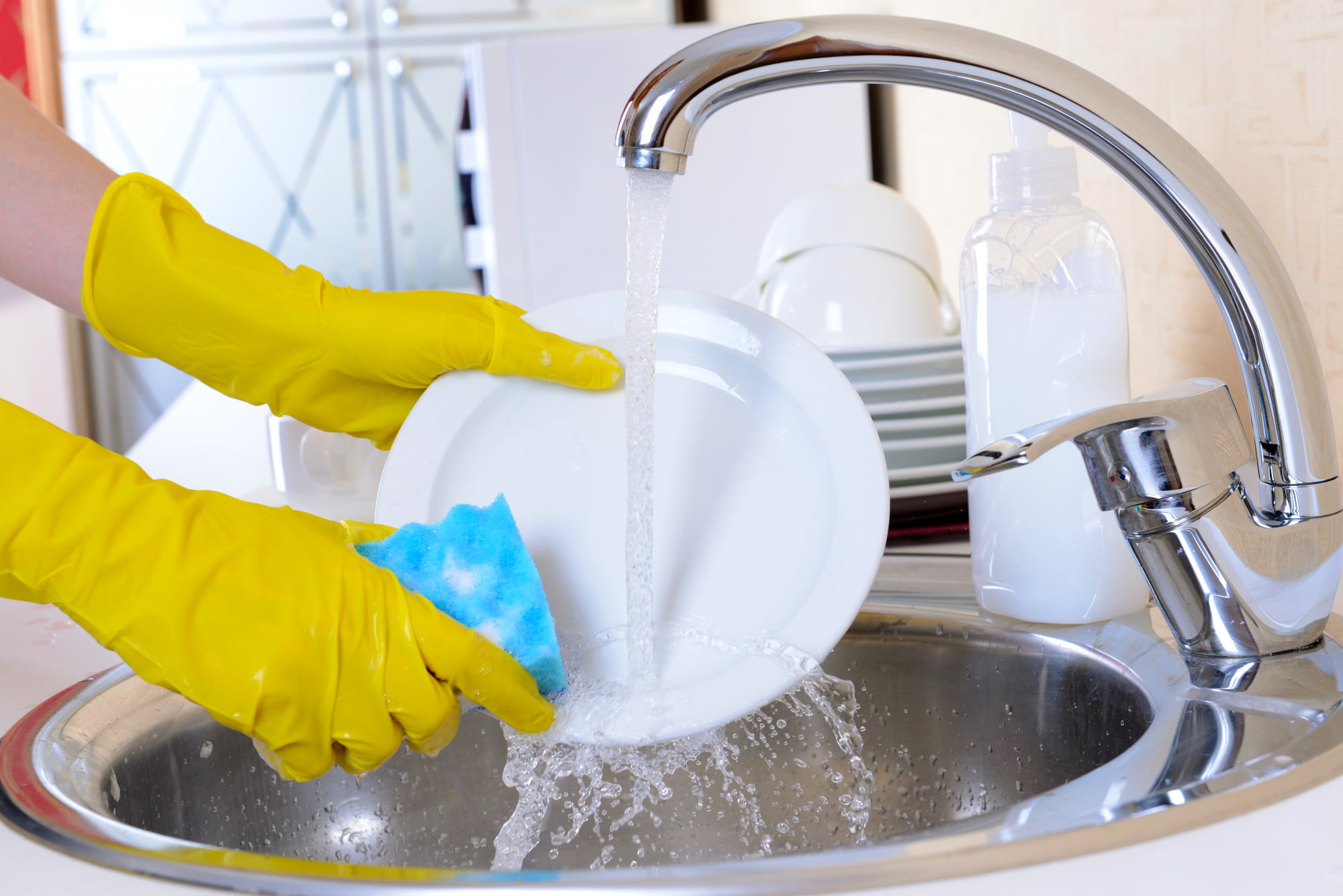
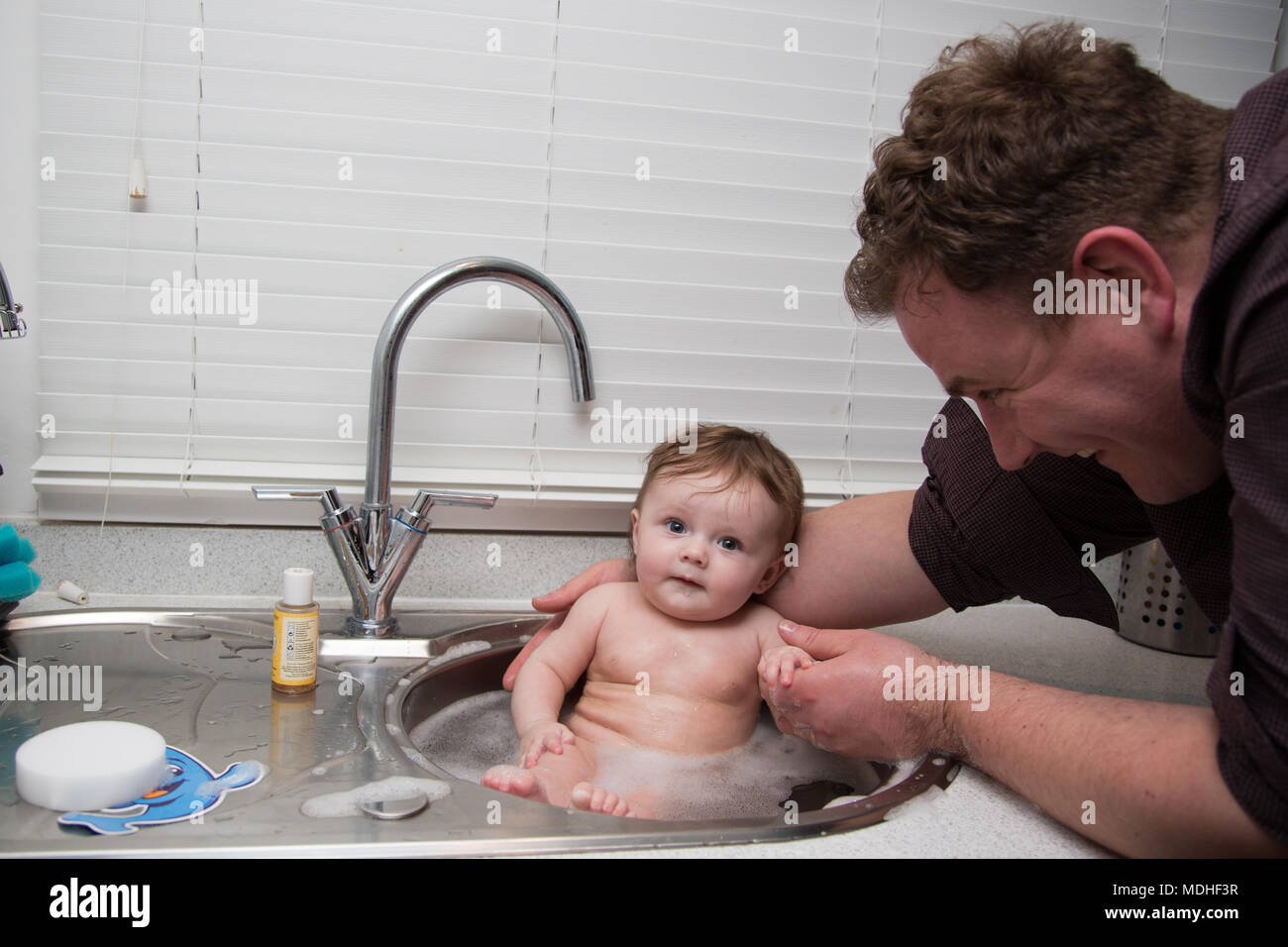


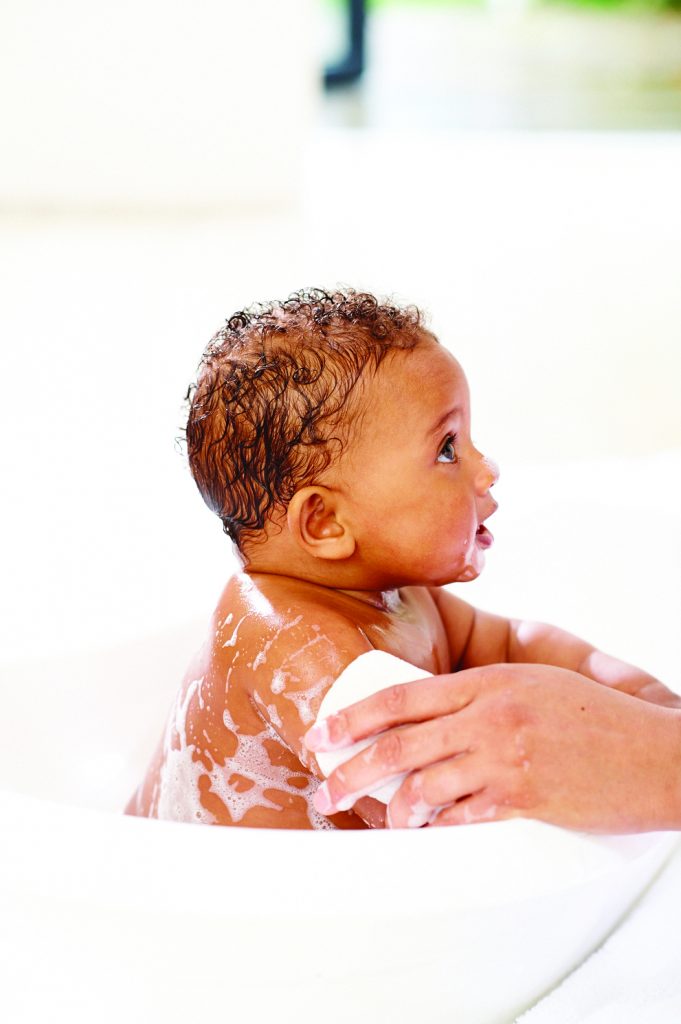
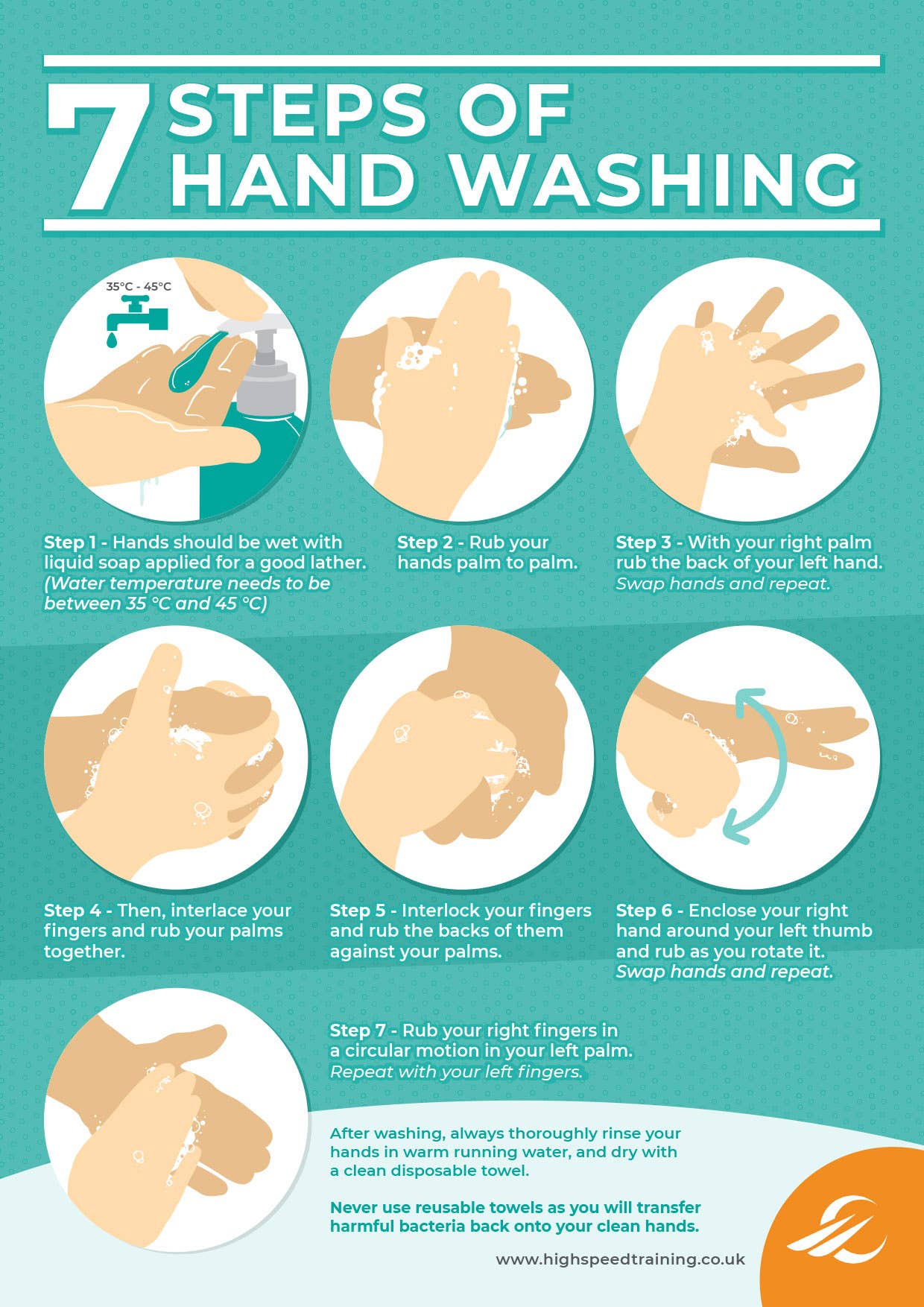
:max_bytes(150000):strip_icc()/easy-washing-dishes-4174811-hero-617c4e3694d1417b82b2eaaf2db70f5b.jpg)
